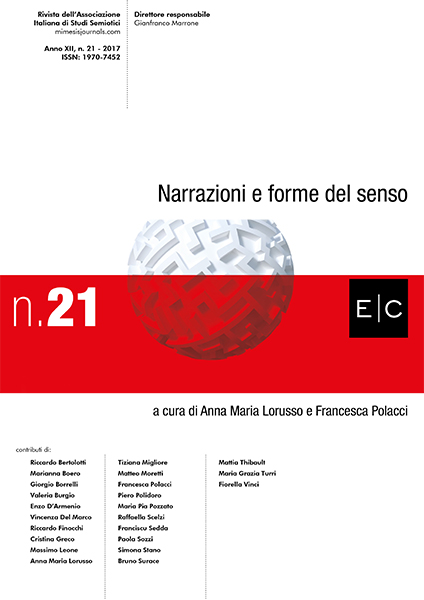Le strutture narrative della forma merce
Abstract
A commodity can be considered as a message bearing different levels of non-verbal signification to which there correspond different levels of interpretation. This is one of the main assumptions of Ferruccio Rossi-Landi’s (1921-1985) materialistic semiotics. Starting from this thesis, Rossi-Landi framed a fundamental topic in the Marxian critique of political economy in a semiotic perspective: the dialectics between production and consumption. The production of commodities can also be understood as the production of textualities: it will suffice to consider the utilization programs inscribed in the material body of the artefacts. At the opposite extreme, the consumption of commodities converges with the reading and interpretation of those programs, aiming at the satisfaction of a certain need. Such interpretation necessarily takes place through the production of new texts.
From this perspective, utilization programs as well as the users’ behaviors as generated on following those programs can be understood as cause-effect chains in a certain narrative structure.
Starting from the analysis of the commodity-form, in this paper I propose a dialogue between materialistic and narrative semiotics. More specifically, I will read certain themes in Rossi-Landi’ socio-semiotic theory adopting the categories of narrative semiotics: the semiotic character of the dialectics between production and consumption; ideology; the semiotic character of economic value. To conclude, I formulate the following hypothesis: the commodity presents a deep structure. This implies that the production and consumption of commodities is determined by a fundamental logic; the code involved coincides with the dialectics of Value-form and can be schematized in terms of a semiotic square.



